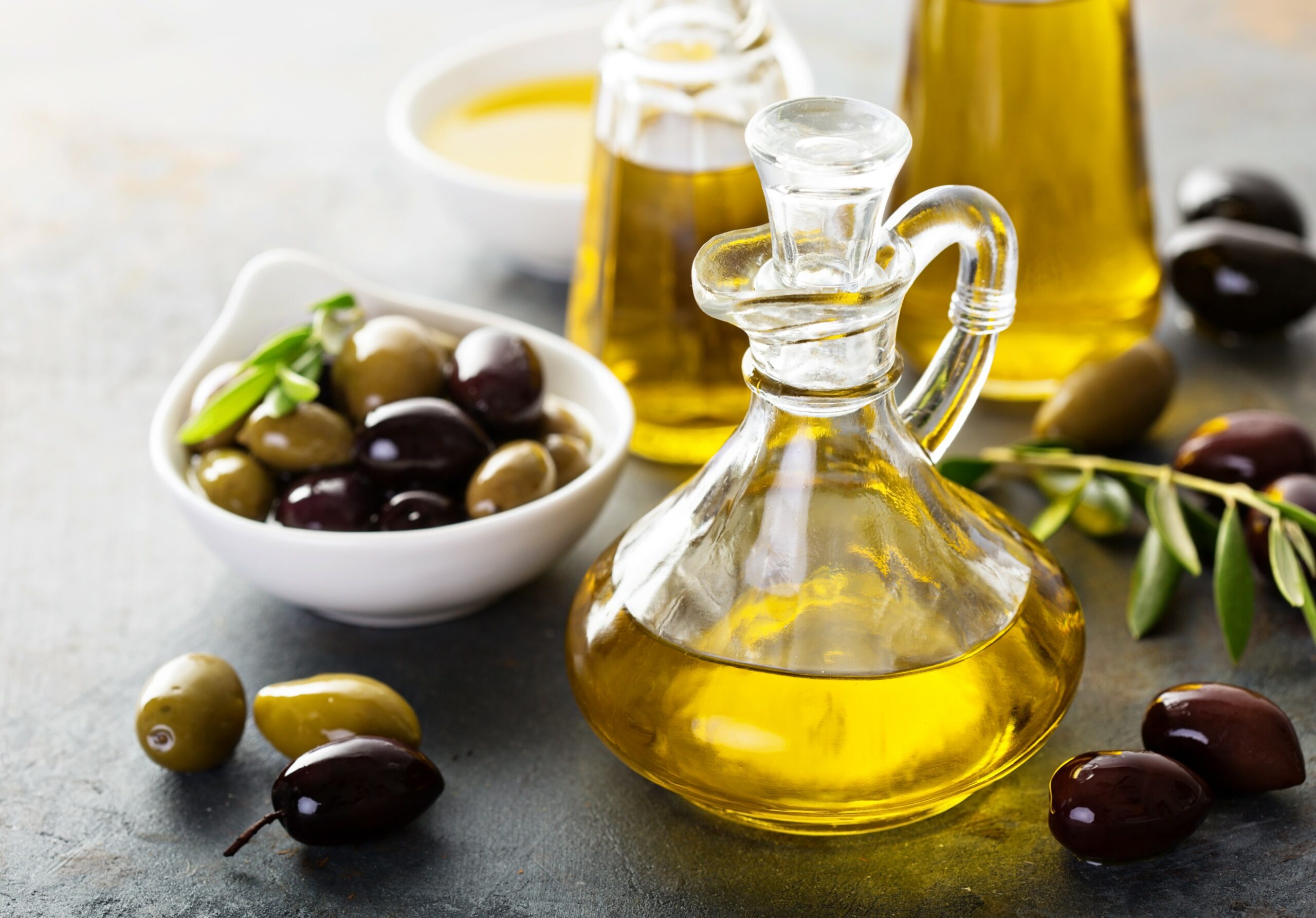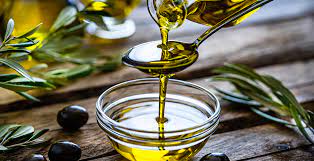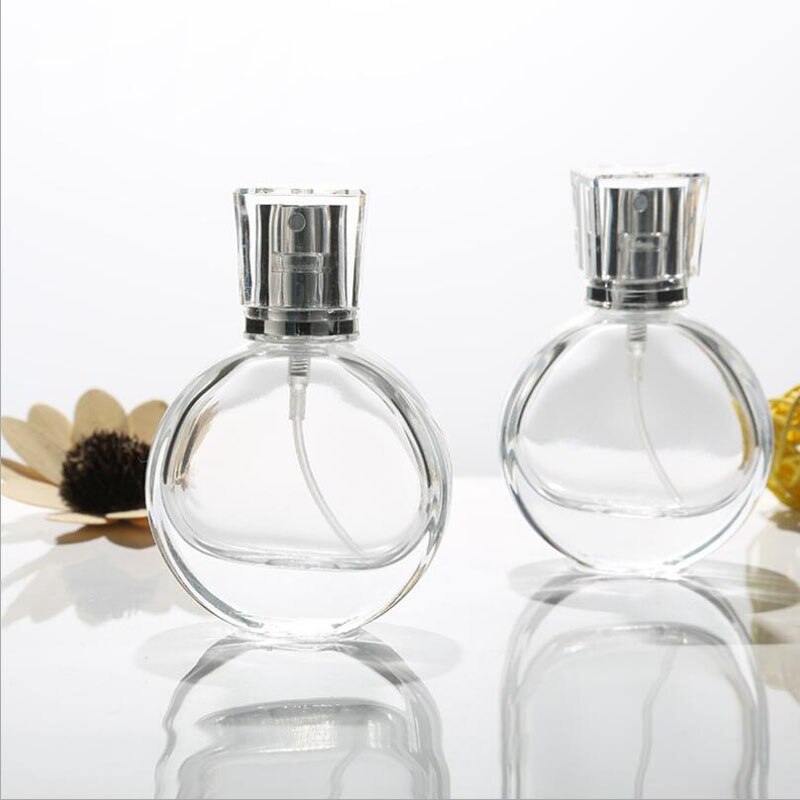How to Guide: How Do We Know the Original Olive Oil
Introduction:
If you are an olive oil enthusiast or someone who values authenticity, it's crucial to know how to identify and differentiate between genuine and adulterated olive oil. With the market flooded with counterfeit products, it's essential to learn how to determine the originality of the olive oil you purchase. This guide will provide you with useful tips and methods to verify the authenticity of olive oil, ensuring you are getting the real deal.
Step 1: Read the Label
The first and easiest step to determine the originality of olive oil is to carefully read the label. Look for the following information:
-
Country of Origin: Opt for olive oils that specify a single country or region rather than a generic "product of" listing. Renowned olive oil-producing countries include Italy, Spain, Greece, and California (USA).
-
Harvest Date: Look for the harvest date on the label. High-quality olive oils typically have a specific harvest date within the last year. Fresher oils offer better taste and nutritional value.
-
Certification Seals: Check if the bottle carries certifications such as PDO (Protected Designation of Origin) or PGI (Protected Geographical Indication). These seals guarantee the oil's origin and production methods.
Step 2: Sensory Evaluation
Sensory evaluation is a reliable method to determine the quality and authenticity of olive oil. Follow these steps:
-
Appearance: Observe the olive oil's color and clarity. Genuine olive oil should have a vibrant, golden-green color, while old or low-quality oils may appear murky or have a yellowish hue.
-
Aroma: Swirl the oil gently in a glass and take a sniff. High-quality olive oil should have a fresh, fruity aroma, with hints of grass, green apple, or artichoke. Off-smells such as rancidity or mustiness may indicate adulteration.
-
Taste: Take a small sip and let the oil coat your palate. Genuine olive oil should have a balanced taste, offering a pleasant combination of mild bitterness and peppery spiciness. Avoid oils that taste flat or excessively greasy.
Step 3: Conduct the Fridge Test
The fridge test can determine the purity of olive oil, as pure olive oil will solidify in cold temperatures. Follow these steps:
-
Place the bottle in the refrigerator for a couple of hours or overnight.
-
If the olive oil solidifies, it indicates a high level of monounsaturated fatty acids, a characteristic of genuine olive oil.
-
If the oil remains liquid or forms a cloudy layer, it might indicate the presence of other oils or additives.
Step 4: Seek Authenticity Certifications
Look for olive oils that carry authenticity certifications such as:
-
International Olive Council (IOC): The IOC provides quality certification and regulates the global olive oil market. Look for the IOC stamp on the packaging.
-
Certified Olive Oil Tasting Panel: Some premium olive oils undergo evaluation by official tasting panels, which ensure their quality and authenticity. Check for endorsements by certified tasting panels.
Conclusion:
By following these steps, you will be better equipped to identify and differentiate genuine olive oil from imposters. Remember to read the label carefully, conduct sensory evaluation, perform the fridge test, and seek authenticity certifications. With these tools at your disposal, you can confidently enjoy the real and nutritious goodness of genuine olive oil.



 Admin
Admin 





